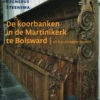The catalogue presents medieval Utrecht sculpture from before the Iconoclasm, the period when mobs destroyed many images in the city’s Catholic churches. The masterpieces shown range from monumental altarpieces, replete with statues, sculptures of saints in various dimensions and versions to comparatively small, yet highly detailed, pipeclay figures. Revealing the full splendour of Netherlandish art before the Golden Age, the catalogue demonstrates that it was not the Caravaggisti who first cast the light of the art world onto Utrecht. Some 100 years before the great Baroque painters graced the stage, Dutch sculptors and carvers enjoyed an international reputation, and were exporting their artefacts to north, south and east Europe.
Gerelateerde producten
kunst
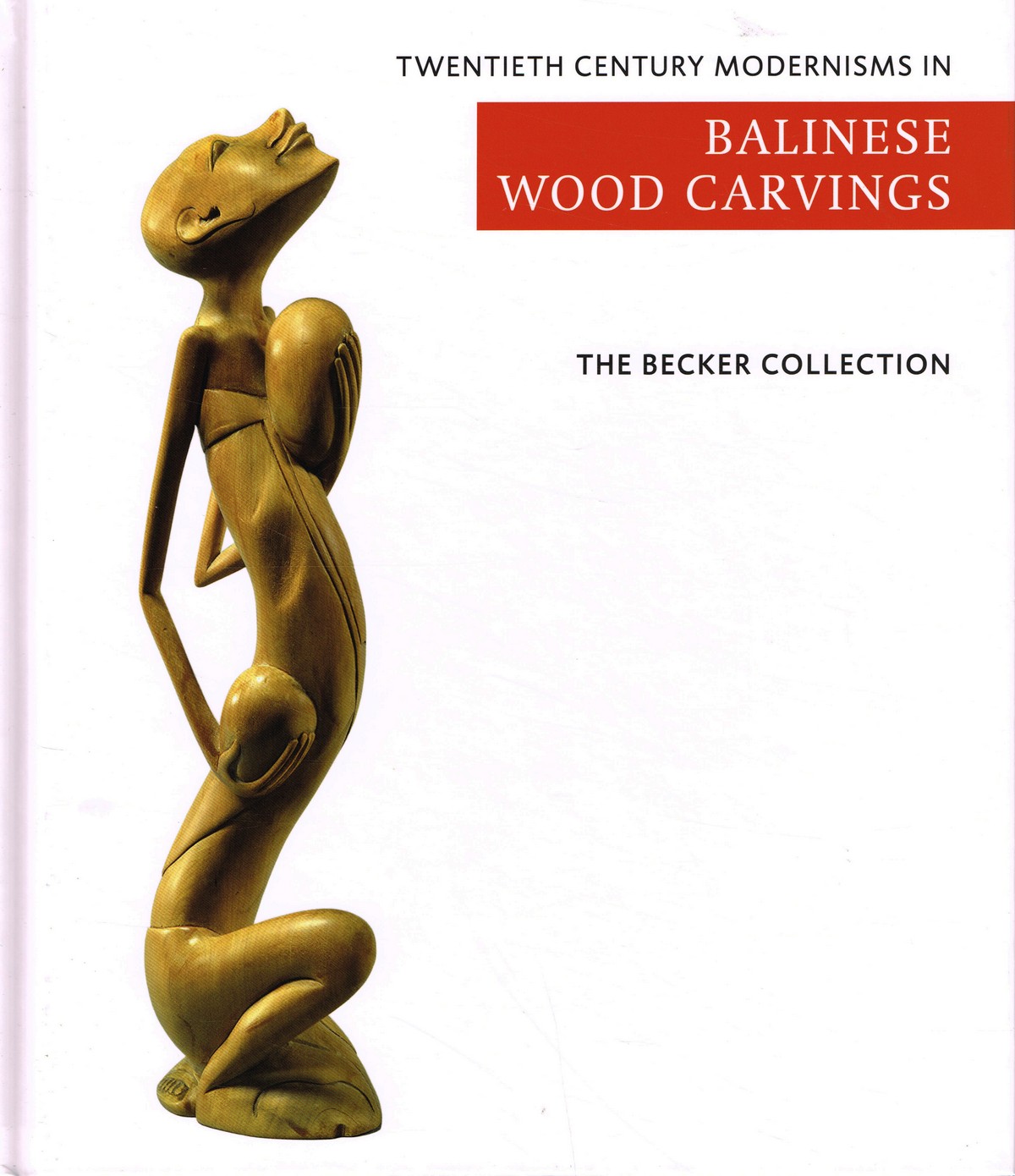
Ton & Mies Becker
Twentieth Century Modernisms in Balinese Wood Carvings
'The Becker Collection - Twentieth century modernisms in Balinese wood carving' contains the private collection of twentieth century ?modern style? Balinese wood carvings, collected by Ton and Mies Becker, both retired medical specialists and collectors of Asian art. Between the 8th and 10th century Hindu influences spread to Bali and blended into the exiting Balinese mix of animistic and Buddhist styles and subjects, known as Bali Aga. Hence, in due time the craftsmen obtained the subjects for their works from the Hindu-Balinese religion and their heroes and demons from famous Hindu epics. This particular style became known in the Western art world as the ?Traditional or Old Balinese style?. In the 20th century the arts and crafts scene in Bali changed completely. First because of Western artist who visited Bali and stayed on to work there and, second, because of the gradual influx of increasing numbers of foreign tourists. In addition the Dutch colonial government started a military campaign to control the powerful kingdoms of central and southern Bali. As a result the local craftsmen lost their royal support and soon realized that foreign tourists were not particularly interested in gods and heroes. Hence, stimulated by some of the Western artists who had settled in Bali, they turned to secular subjects taken from nature and everyday life and became more impressionistic in the execution. This led to a range of new styles, often impressionistic and sometimes even minimalistic and caricatural with bizarre elongated shapes or solid compact forms. In this book we are concerned with this particular type of 20th century ?Modern Style? Balinese wood carving. The catalogue contains 40 objects of ?modern style? wood carving, representing different styles. Each object is photographed, both as an overview and in details if so requested. A brief description of each object is provided, together with the estimated date, and additional information is provided if considered useful. The catalogue is preceded by an essay on the history of Balinese wood carving. Van Spijkgeb - 144 blz
kunst
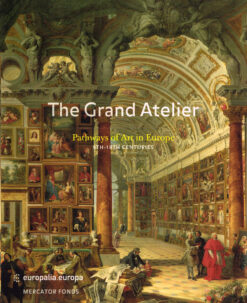
The Grand Atelier
Long before its emergence as a political entity, Europe was distinguished by its intense traffic in goods and people. We too often forget that the trade routes and other navigable highways were trafficked at a very early stage by artists, works of art and rich patrons desirous of satisfying their appetite for beauty. Well-known and lesser known works offer an insight into this "European space for art and ideas" which already existed at the dawn of the Middle Ages. With its remarkable and often spectacular works, 'The Grand Atelier' illustrates various facets and many forms of this artistic interaction. The work covers a long period in the history of art, from the fifth century – the fall of the Roman Empire in the west – to the eighteenth century – the birth of the first great museums; calling on 350 works from well over a hundred European collections. The texts in the catalogue stem from the pens of several European luminaries in the history of art. Mercatorfondspap - 335 blz
kunst
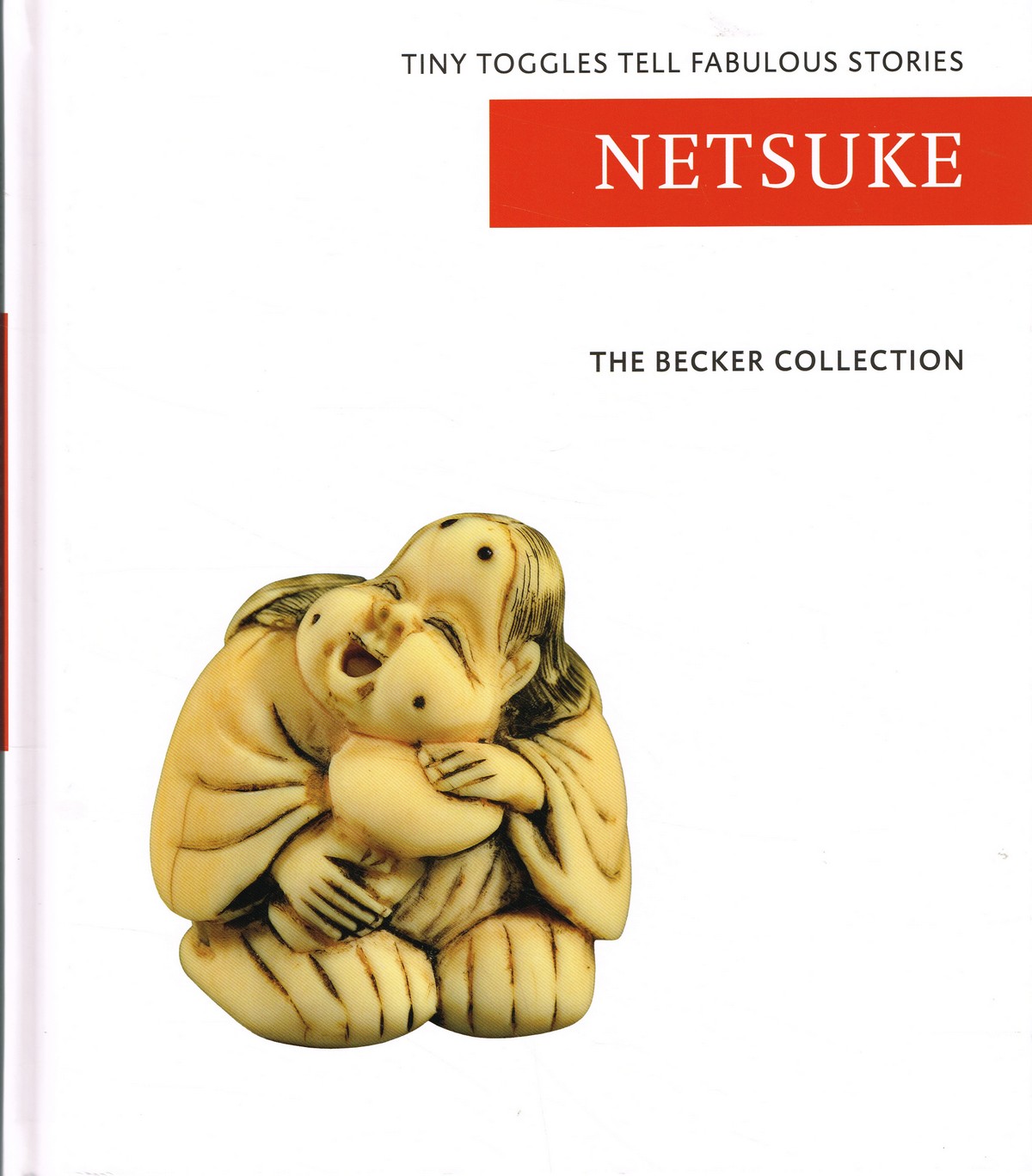
Ton & Mies Becker
Netsuke.
This 'Netsuke, tiny toggles tell fabulous stories' from the 'The Becker Collection' contains the private collection of 216 netsuke and okimono netsuke-style, acquired over a period of approximately 50 years. The collection reflects the personal taste of the Beckers. The world of netsuke is fascinating, not only because of the excellent craftmanship and artistry, but also because of the fascinating stories that underly the choice of subjects by the carvers. The latter has been the main motive to collect these tiny toggles with their fabulous background stories. The Beckers have chosen to organize the catalogue based on the historical evolution of netsuke a part of the sagemono, in a society with a gradual uprise of welfare causing levelling of the ruling hierarchy. Hence, we recognize an early period, up to the late 18th century, a transitional period, late 18th / early 19th century, a middle period, 19th century up till the Meiji era, and a late period, Meiji and beyond, including contemporary netsuke and okimono netsuke-style. Each object has been photographed extensively together with signatures when present. A brief description of each object is provided, together with relevant background information about the subject matter. An essay 'Netsuke in historical perspective' accompanies the catalogue. Van Spijkgeb - 240 blz
kunst
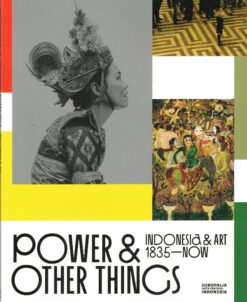
Power & Other Things
The project takes its name from the demand for the transfer of power and other things to the newly independent Indonesia in 1945. It travels through time, from European colonial occupation through the development of the republican state to the trans-national contemporary cultures of today. It looks at the various international exchanges that happened in the territories of contemporary Indonesia, through the images and ideas of artists. These exchanges were of different kinds: trade, culture, religion, ideology and war. They produced a variety of results: violence, oppression, racism, creativity, spiritual awakening, and other things. The ideologies and challenges of modernity are common ways in which Indonesia has been depicted by others and has defined itself over the period. As this modern period recedes into history, the project will seek ways to remember how it has influenced contemporary understanding and ask the current generation of artists to look back in order to rewrite the past and potentially create the conditions for a different future. The catalogue and the exhibition will follow a broad chronological narrative, allowing readers and visitors to learn more about how this huge archipelago has changed over the past two centuries and to observe how it has responded and adapted to influences originating from both inside and outside the islands. The influence of the imperial Dutch and Japanese occupations naturally form a significant element in the narrative of the exhibition as does the constant struggle for different forms of independence or equal treatment by the Javanese and other Indonesian cultures. The importance of Chinese and Arab influence on Indonesia's cultural history will also feature as the exhibition tries to look for alternative ways, alongside the post-colonial, for understanding the present. The presentations will include work made during the residencies as well as new commissions. Snoeckpap - 127 blz
